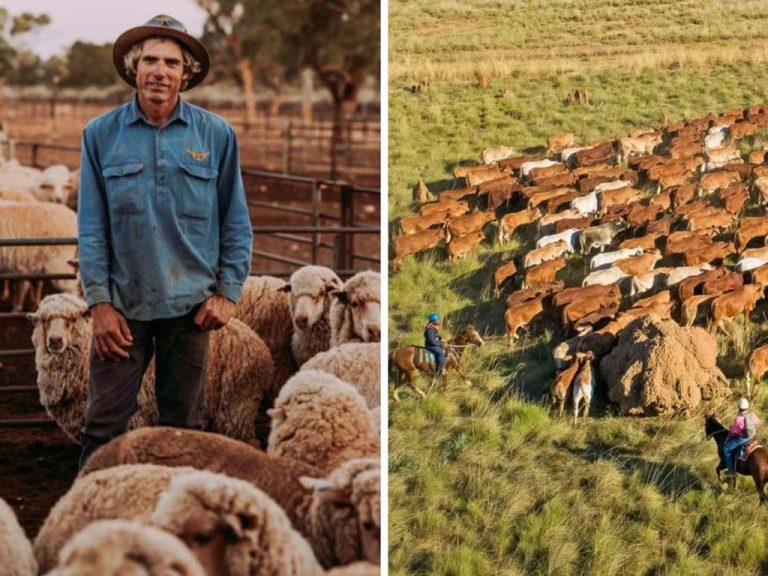‘Move with the times’: How the humble newsagengy became a retail destination
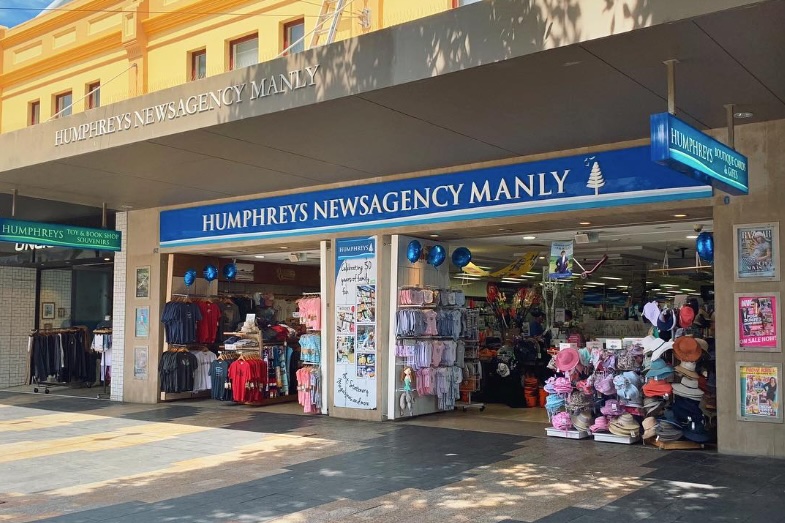
In the late 1980s, Humphreys Newsagency in Manly was thought to be the largest of its kind in the southern hemisphere.
An integral part of the beachside community since 1966, during the heyday of print media, the much-loved retailer was the go-to destination for a myriad of interstate and international newspapers and any magazine title you could imagine.
“Being the biggest newsagency definitely wasn’t official, although around that time the store did grow from 100 square metres to 1000, basically the size of three shops in one,” co-owner Roger Humphrey told realcommercial.com.au.
“That certainly put us in a situation where we were one of the biggest newsagents in the country. There was talk that we had the biggest magazine collection in the southern hemisphere, so maybe we can officially claim that one.”
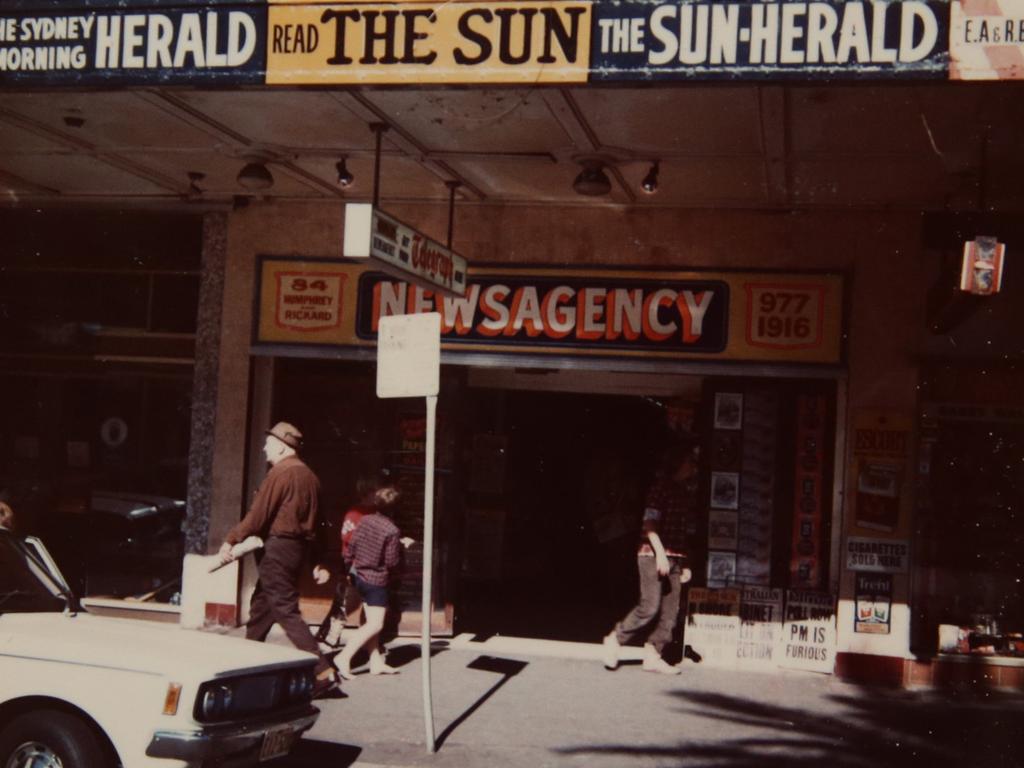
Humphreys Newsagency in the 1960s. Picture: Supplied
Today, customers can still find a dedicated yet far more modest selection of magazines at Humphreys, albeit tucked away at the rear of the shop.
“Print media is a diminishing market for the very reason that people are more digitally orientated nowadays, so it made sense to reduce our space for magazines and newspapers to make way for products that are far more profitable,” Mr Humphrey explained.
These days, the store’s biggest selling items are books, toys and its vast offering of high-end gifts and souvenirs.
“If you want to remain relevant you need to move with the times, so we take full advantage of our location in a high tourist area,” Mr Humphrey added.
“Which is why we’re now heavily focused on being gift specialists.”
Newsagency evolution
It’s no secret that the newsagency of 2024 looks nothing like it did 20 years ago.
With over-the-counter newspaper sales declining at a rate of 11% year on year, many traditional newsagents have evolved into convenience-based businesses, which has afforded owners the opportunity to embrace a wider choice of revenue streams.
A 2024 IBISWorld report revealed that of the industry’s $2.2 billion in annual revenue, 21.5% of sales can be attributed to books, 20.5% to newspapers and magazines, 16.9% to stationery, cards and gifts, and 12.9% to lotteries.
According to the intelligence organisation’s data, the remaining 28.2% of sales are listed as ‘other goods and services.’
Mark Fletcher, CEO of Tower Systems – a company that supplies software to specialty local retailers – said newsagents have the potential to thrive in the digital age by not seeing themselves solely as newsagents.
“I know of businesses that have opened cafes, while others have gone into garden centre products. I know of a newsagency in Victoria that created a baby shop within their business and are now going gangbusters in that space.”
“By all means sell papers and magazines, sell lottery tickets, but don’t let those things define you,” Mr Fletcher explained.

They still sell magazines, but print media makes up less of most newsangencies sales in recent years. Picture: Humphreys Newsagency
“There are newsagents in regional Australia making up to $500,000 a year selling gifts and homewares. They still do the legacy stuff, but their real interest as retailers is in non-newsagency items. That’s where the future lies.”
In the Wollongong suburb of Fairy Meadow, Kristy McGrath has diversified her newsagency business by moving into party supplies.
“We now sell balloons and all kinds of party celebration stuff, which is really starting to take off. It’s nice that customers can come in and get something that’s not predictable for a newsagency,” said Ms McGrath.
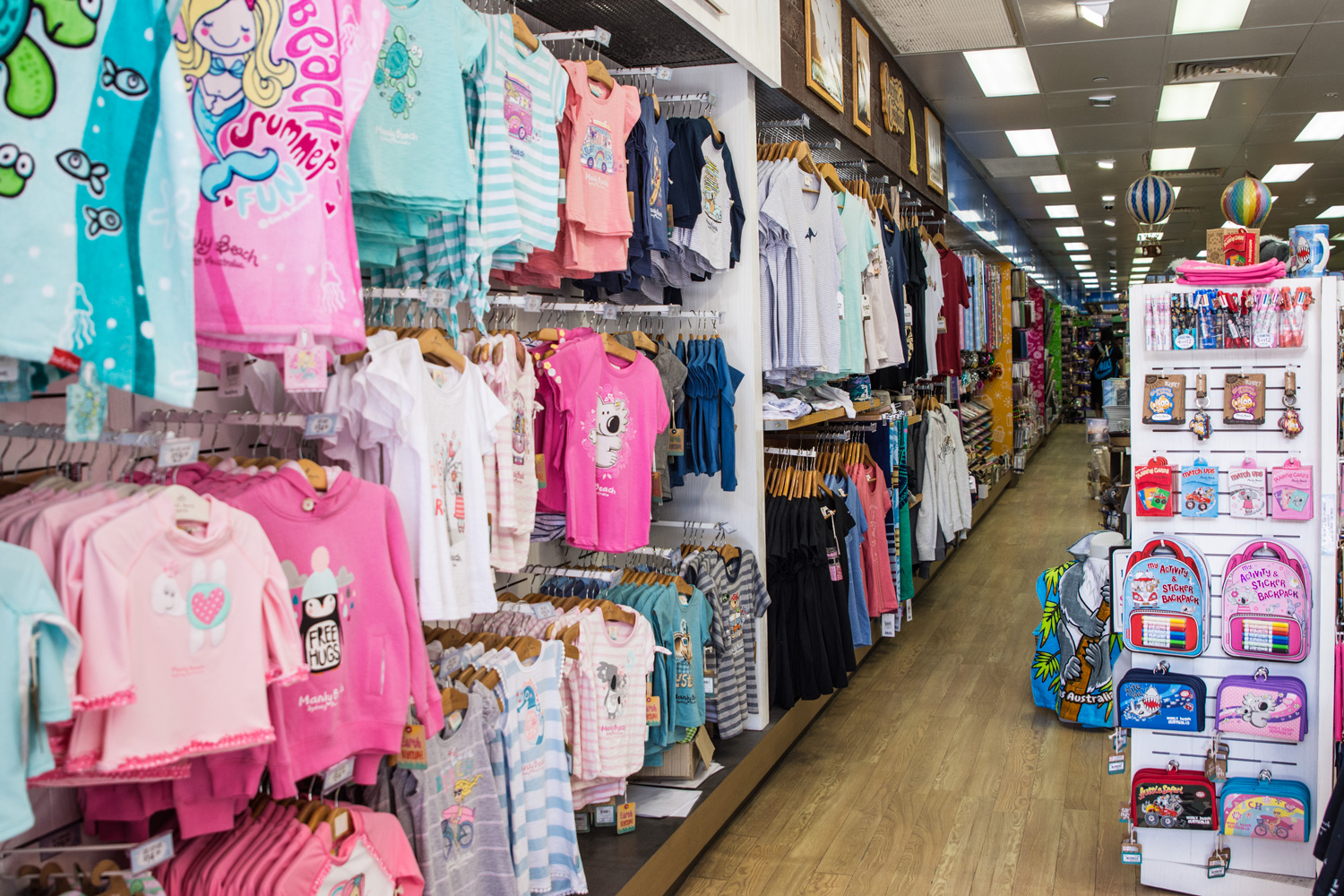
Many newsagencies, including Humphreys, have become gift and souvenir stores. Picture: Humphreys Newsagency
“We’re currently working on getting a website up and running so that people can shop for those items online.”
Helen Dowling, CEO of Australia’s largest newsagency marketing group, Newspower, said helping to shift their 350 stores online is one of their core aims.
“The majority of our newsagents are in regional areas, so it’s really important that we can help them move with the times,” she explained.
“If our shops don’t have a Google business listing, we set that up for them and can also help them launch and run a website. Or if they’re not too confident with social media, we manage their content.”
Newsagency survival
Newsagencies across Australia undeniably took their biggest financial hit when the industry was deregulated in 1999.
Through a process overseen by the ACCC, newsagents lost their monopoly over the distribution of newspapers and magazines, allowing rival businesses to offer products once exclusively sold by newsagents.
Roger Humphrey remembers the deregulation as a pivotal turning point for his business.
“We really had to change gears because the supermarkets started to take a big foothold in the newsagency game, not only with magazines and newspapers, but also cards and stationery,” he explained.
“That’s when we really started to diversify and find our profit in areas like gifts, souvenirs, toys and books in an effort to get people into the shop.”
In the decades since, many newsagencies have managed to successfully weather the digital media revolution, while others have not been so fortunate.
Last month, ABC News published a story on the Mansfield Newsagency in regional Victoria and its failed attempts to find a buyer.
“Unfortunately, it’s an industry nobody wants to take on anymore,” owner Frank Livingstone told the ABC, blaming the decline of his business on the demand for online news outstripping print media.
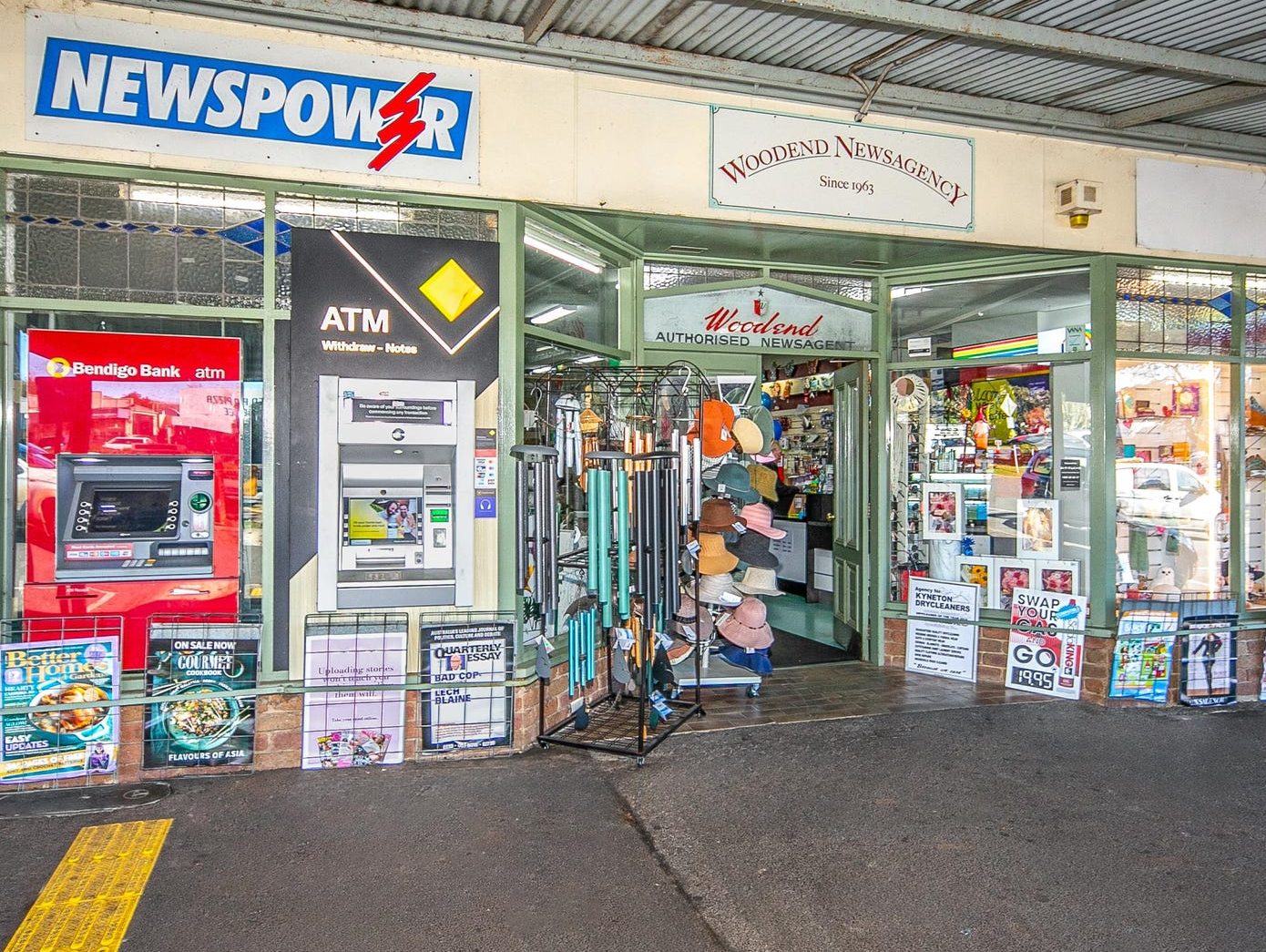
Not far from Mansfield, the Woodend Newsagency in Victoria is also for sale. Picture: realcommercial.com.au/buy
It’s something Mark Fletcher vehemently disagrees with.
“You can’t blame the decline in print for newsagencies closing,” Fletcher posted on his blog after the article was published. “A business closing because of this is a business rooted in the past. Smart newsagents started transforming their businesses 20 years ago.”
While the official number of newsagency retailers is difficult to pin down, IBISWorld currently quotes a figure of 1,784, while software supplier Tower Systems believes the number is somewhere closer to 2,800.
“Yes, we’re going to see more closures in the future and I think those closures are going to be sitting around the 10% mark for several more years and we’ll end up with somewhere around 2,000 newsagents,” Mr Fletcher told realcommercial.com.au.
“But I think with the ones that remain, we’re going to witness even more of an evolution away from tradition.”
Servicing the community
Looking ahead, the viability of newsagencies will be their ability to adapt and service their local communities, believes Helen Dowling.
“Newsagents are the hub of a community. And that’s a great word to keep in mind – community. For a lot of small towns, the newsagency is a one stop shop, so it’s all about what they can offer their community that’s not there already.”
Roger Humphrey agrees.
“Our two biggest strengths have always been our location and our brand. And our brand has always been based on family values, our place within the Manly community and probably most importantly, our service.”
“We’re all about servicing the community – that’s our path to success.”



